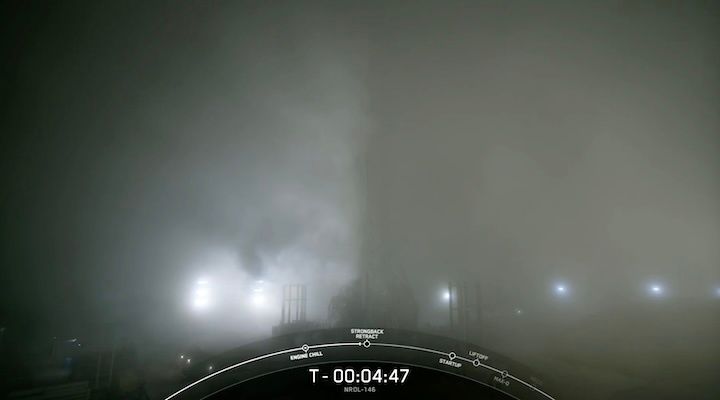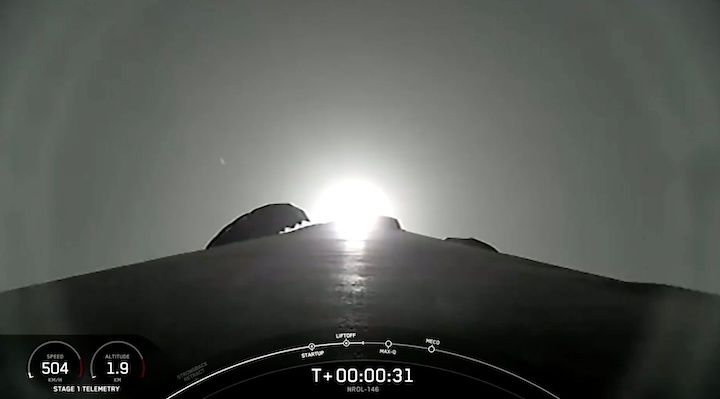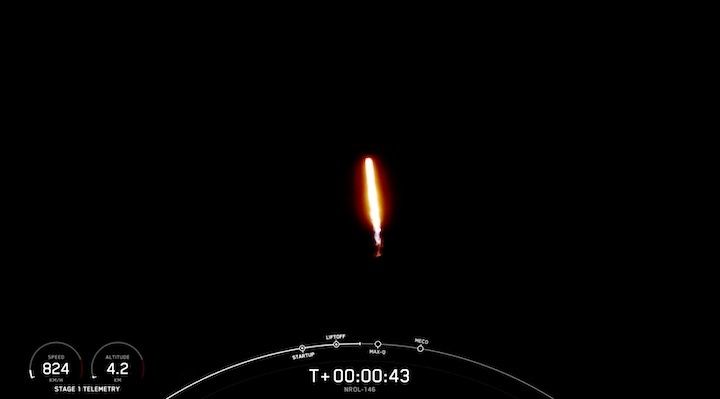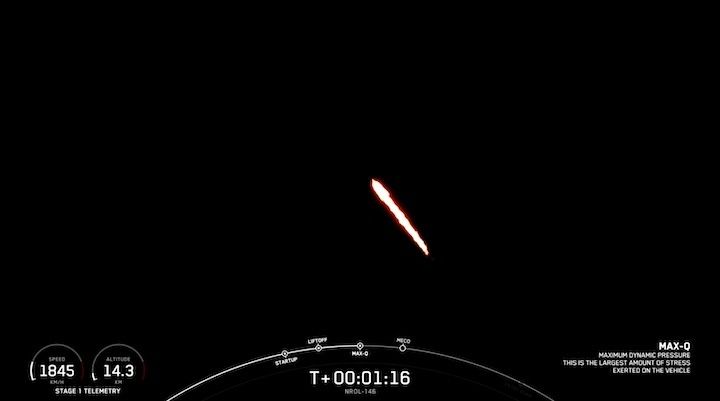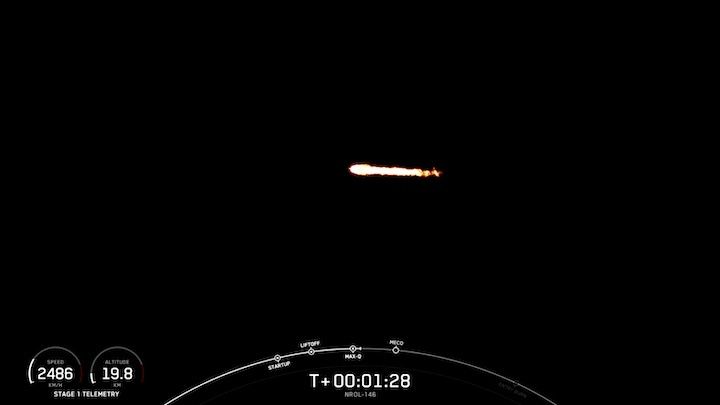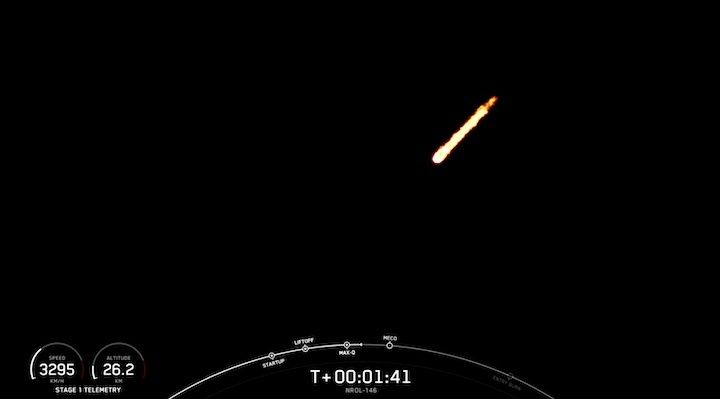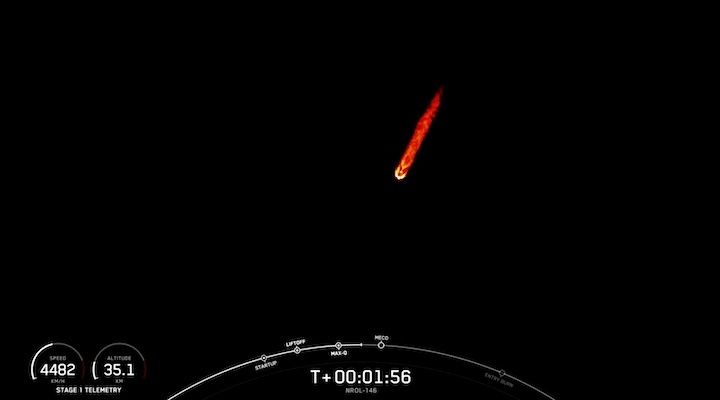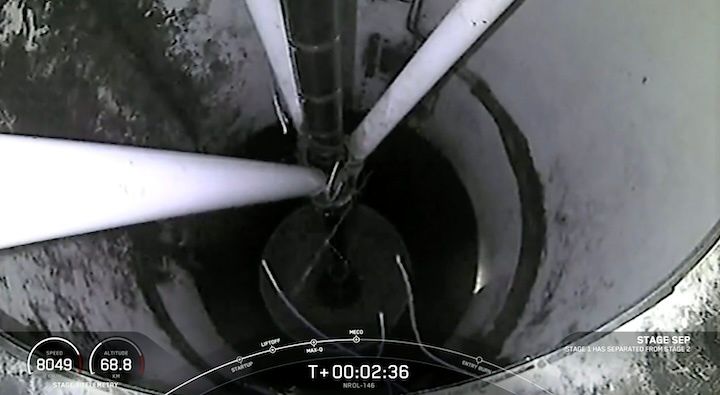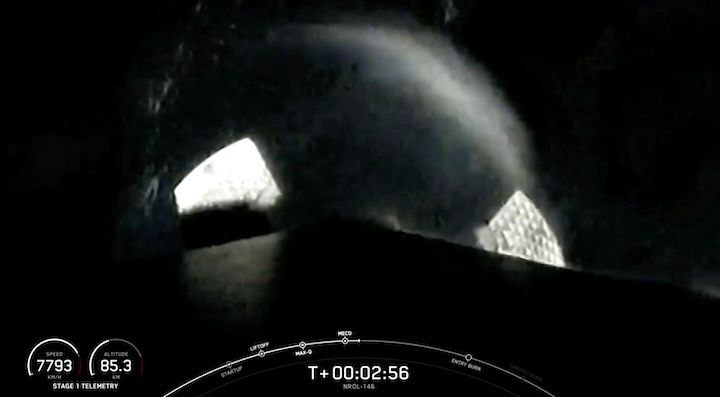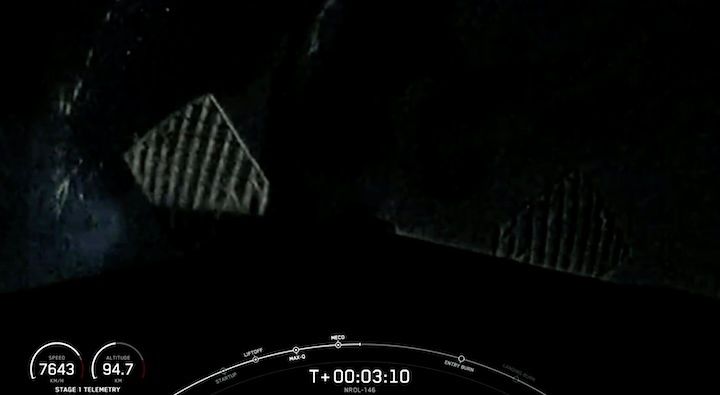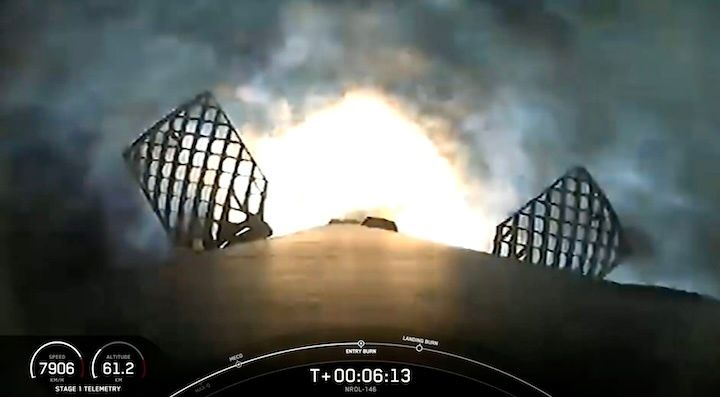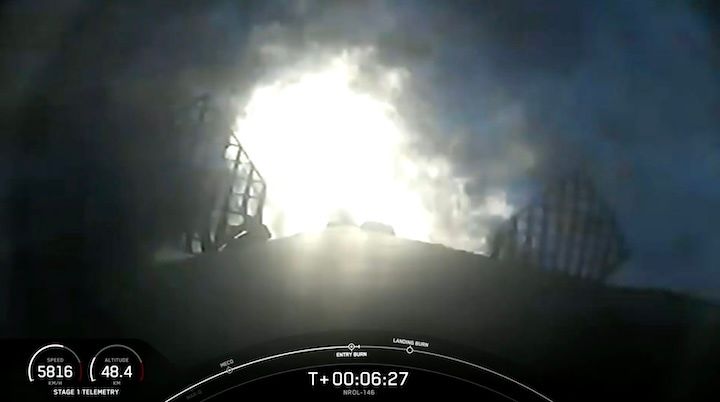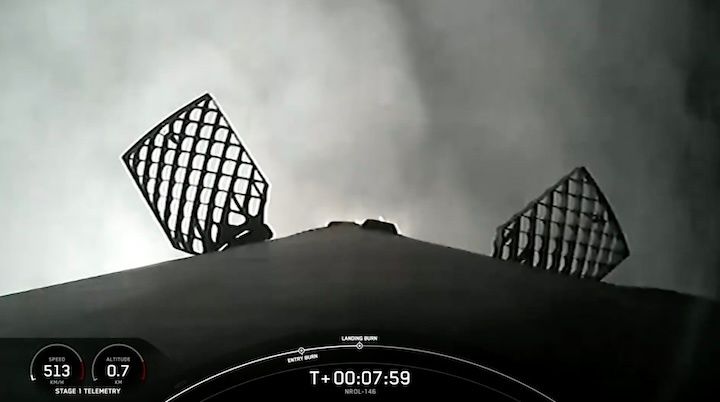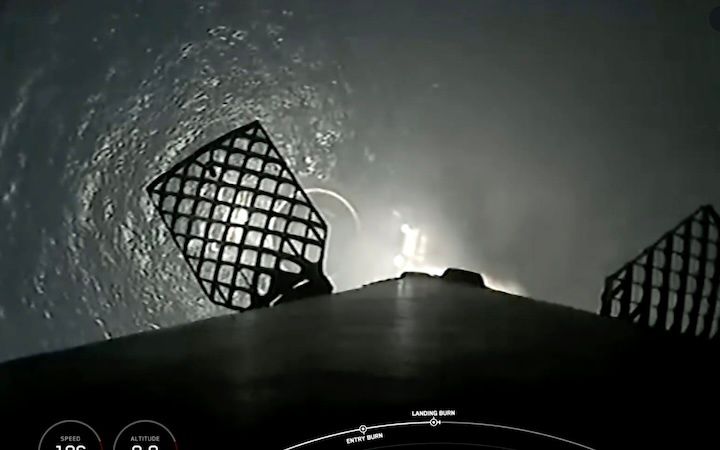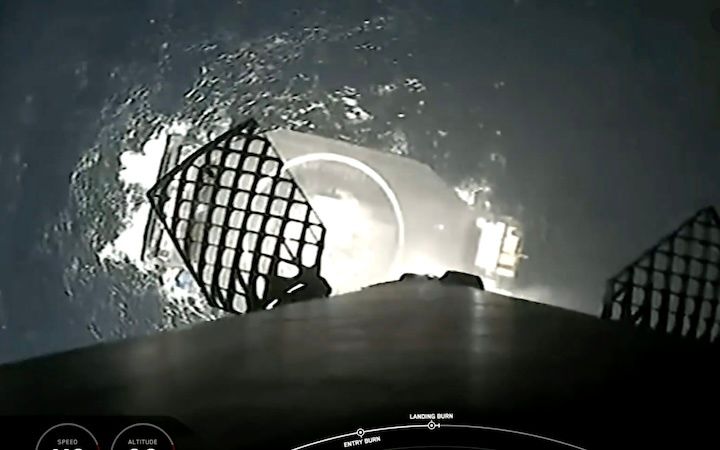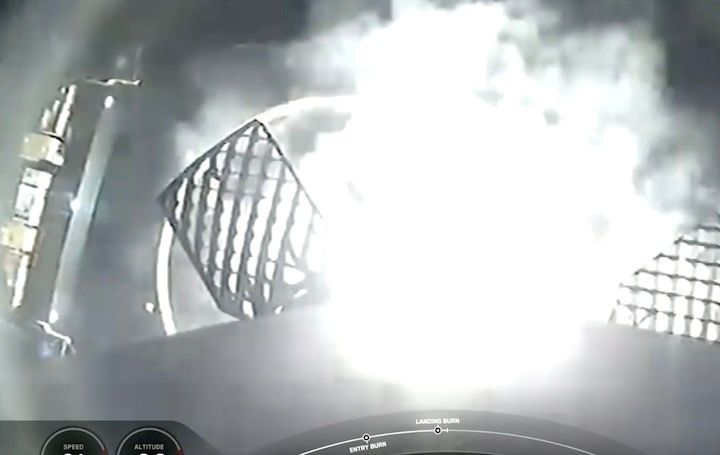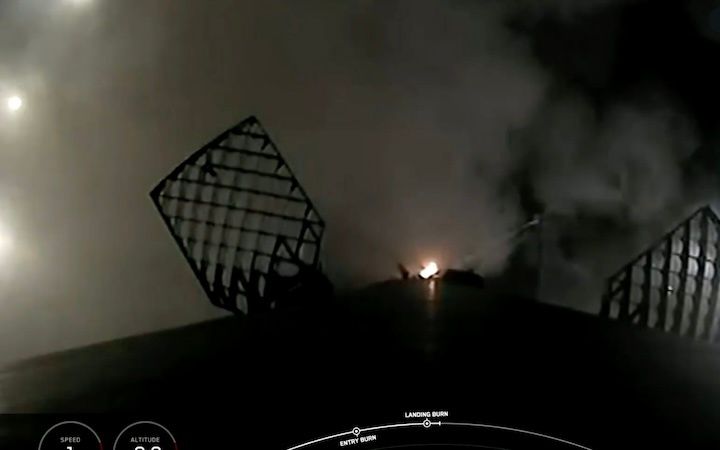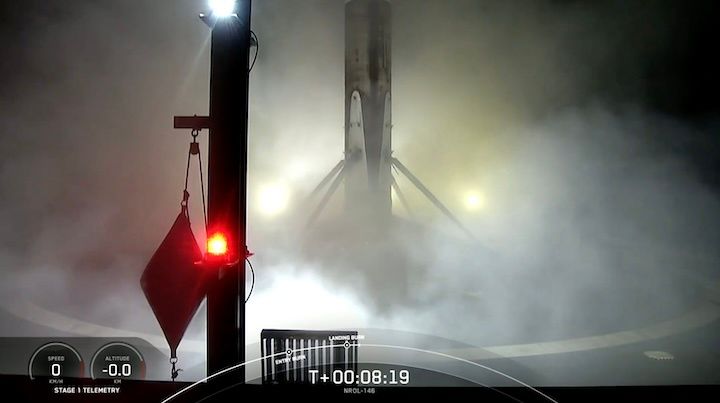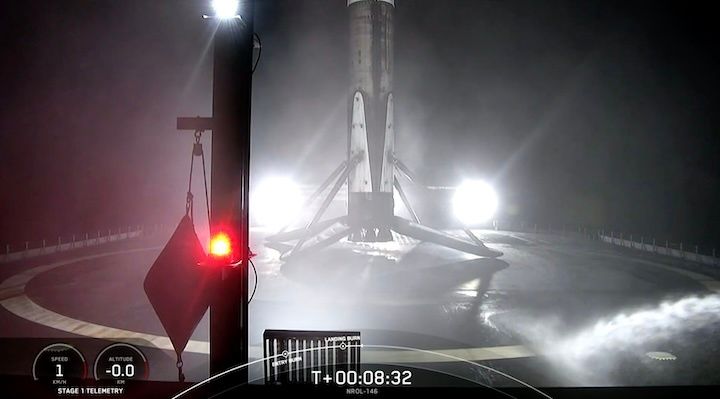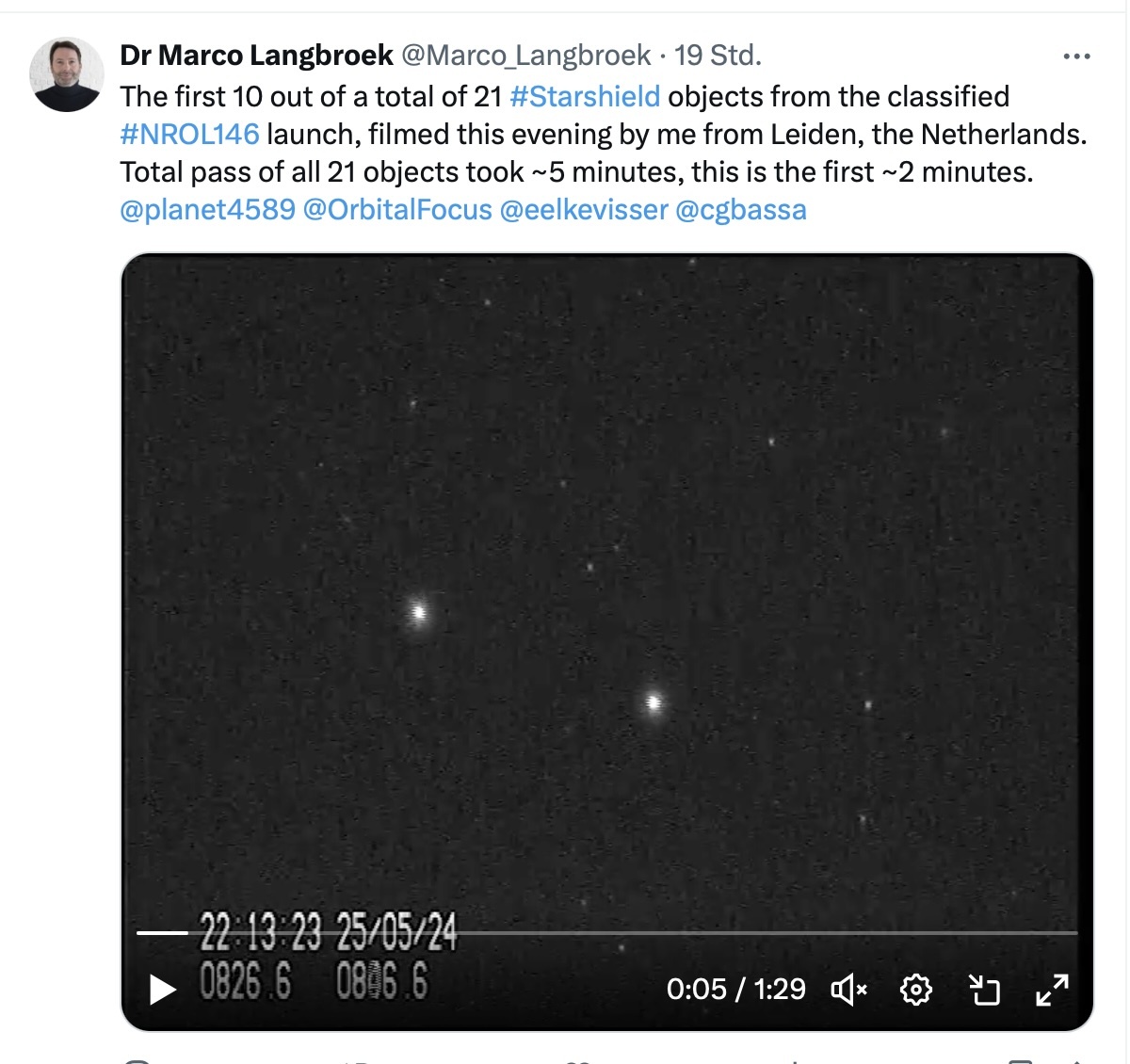WASHINGTON — The National Reconnaissance Office is preparing to launch the first phase of its new imaging satellite constellation built by SpaceX and Northrop Grumman.
The agency is targeting a May 19 launch for the mission designated NROL-146 aboard a SpaceX Falcon 9 rocket from Vandenberg Space Force Base, California, Troy Meink, the NRO’s principal deputy director, said May 1.
Speaking at a hearing of the House Armed Services Committee’s subcommittee on strategic forces, Meink said this will be the first operational launch of the NRO’s new proliferated architecture.
“We have already launched a number of demonstrations over the last few years to verify cost and performance to make sure we’re really comfortable and we know what we’re doing,” Meink said.
The agency has not disclosed how many satellites will launch on this upcoming mission or the projected size of the new constellation. Meink previously said six launches are projected in 2024 for the NRO’s future proliferated architecture of small satellites.
NRO to ‘quadruple’ its satellites in orbit
Agency officials said the NRO aims to quadruple the number of spacecraft in orbit. This expansion, coupled with the new technology aboard the satellites, is expected to deliver a ten-fold increase in intelligence gathering for the agency. Smaller, more numerous satellites will allow for far more frequent revisits of critical areas of interest, leading to faster delivery of crucial intelligence.
“Space based intelligence has become a primary, if not the primary, means of collection in denied areas,” Meink said at the hearing.
SpaceX launches next-gen US spy satellites and sticks the landing
Liftoff of the NROL-146 mission occurred at 4 a.m. ET.
SpaceX launced a pioneering set of spy satellites for the U.S. government early on Wednesday morning (May 22).
A Falcon 9 rocket carried the NROL-146 mission for the National Reconnaissance Office (NRO) to space after liftoff from California's Vandenberg Space Force Baseat 4 a.m. EDT (0800 GMT; 1 a.m. local California time).
We don't know much about the payloads sent to space as part of the NROL-146 mission, which isn't surprising; the NRO typically reveals little about its satellites' activities and capabilities. For the same reason, there was no footage of the stages of the Falcon 9 rocket separating.
Around six minutes after launch, the first stage of the Falcon 9 rocket began its entry burn, a key step in its safe return to Earth.
The first stage touched down on the drone ship Of Course I still Love You, stationed in the Pacific Ocean, around nine minutes after launch. This was the 16th launch and landing for this particular Falcon 9 first stage rocket, according to SpaceX.
In a prelaunch mission description, NRO stated that NROL-146 will be "the first launch of NRO's proliferated architecture." The agency explained a bit more about that architecture when discussing the mission's tagline, "Strength in Numbers."
That motto "describes the NRO's new strategy of a proliferated overhead architecture — numerous, smaller satellites designed for capability and resilience," NRO officials wrote.
It's therefore probably safe to assume that multiple small satellites launched as part of the NROL-146 misison, rather than a single bulky spacecraft.
A SpaceX mission descriptiondidn't say where the satellites are headed or give an expected time for their deployment, details that SpaceX usually includes for non-classified missions.
Wednesday morning's launch was the 52nd orbital liftoff for SpaceX in 2024. Of this year's 52 launches to date, 36 have been devoted to building out the company's Starlink broadband constellation.
Quelle: SC
+++
On Wednesday, May 22 at 1:00 a.m. PT, Falcon 9 launched the NROL-146 mission from Space Launch Complex 4 East (SLC-4E) at Vandenberg Space Force Base in California.





